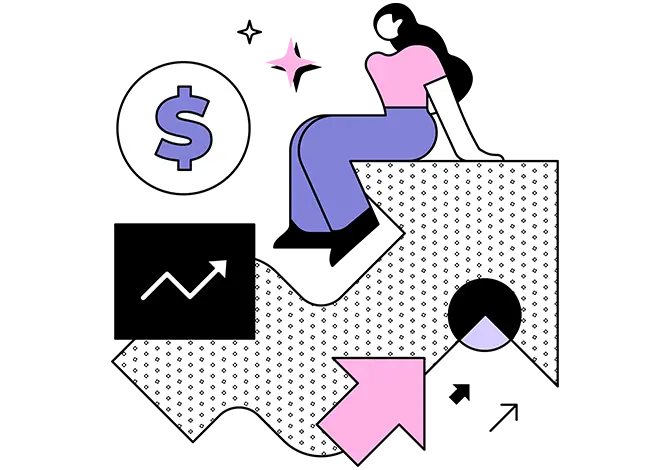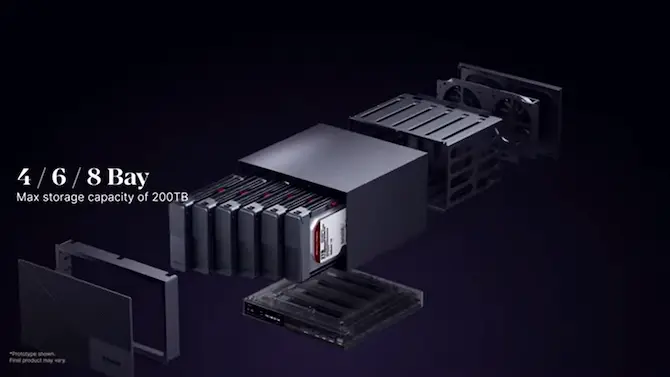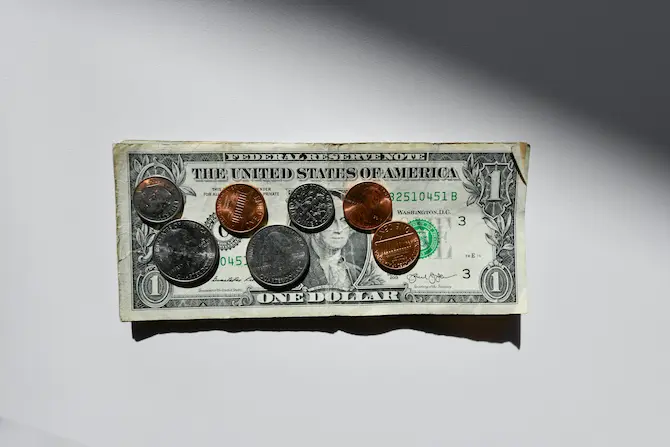How to Start a Kickstarter or Indiegogo Crowdfunding Campaign
You’ve got an idea for a great product or creative project – now what?
Starting a crowdfunding campaign isn’t easy, but if you take the right steps, you can get the most out of your campaign and bring yourself closer to your funding goals.
Does Your Campaign Fit Kickstarter’s Rules and Regulations?
Kickstarter is the world’s largest crowdfunding platform, so it may seem like a no-brainer to launch your campaign there. But if your product is on Kickstarter’s list of prohibited items, it may be best to take your idea to Indiegogo instead.
The rule you want to keep in mind is the prohibition of “any item claiming to diagnose, cure, treat, or prevent an illness or condition.” Even if your product is not inherently medicinal, this rule can make it a real headache when trying to talk about what your product does well. This is especially true for cosmetics, personal hygiene products, and self-care products, which we suggest you take to Indiegogo instead.
On your story page, you want to advocate for your products as clearly as possible. If your product is great at smoothing out wrinkles or helps alleviate pain, then you should communicate that to your potential backers. But when you’re constantly trying to skirt around Kickstarter’s rules against claiming to prevent or cure a condition, your backers won’t buy what you’re selling.
Indiegogo has no such rule, and you can still find a lot of success on platforms like Indiegogo while being able to advertise your product’s effects to their full potential. So don’t be afraid to launch your product elsewhere if your product isn’t a fit for Kickstarter.
What Makes Your Product Stand Out?
Okay, now you’ve decided which platform you’ll launch your product on. But what makes a campaign successful? The answer is surprisingly simple – a high-quality product that people want. If your product makes people say “Cool! What a great idea!” or “I need that!” then you’re on the right track to starting a successful campaign. If, on the other hand, responses are more lukewarm, or people are scratching their heads as to why they would need your product, you may need to refine your product’s messaging or even go back to the drawing board.
Some questions you can ask yourself when defining your product’s key selling points are:
- How convenient is my product?
- Is this product portable and/or reusable?
- In what ways is the product environmentally friendly or ethically responsible?
- Does this product do something that other products do not?
With the above questions in mind, you should be able to identify 3-4 key points that make your product stand out to potential buyers. You will then use these points to create the meat of your story page.
What are Your Rewards?
Backers will support your campaign based on the quality of rewards that you offer them. For most campaigns, the reward should be intuitive: you offer your product as a reward at a discount off the conventional sticker price. However, if you’re offering a video game or other digital product, or are seeking funding for a movie or other artistic product, a reasonable and enticing reward may take some time to consider.
Also, be sure to consider “top-end” reward packages for backers who want to invest in you. Dinner with the creator, special add-ons, past products added as a bonus – all of these can prove as enticing ways to get backers to donate more money to your campaign. Anything that expresses a personalized, heartfelt “thank you” will help create a strong base of support for your product and future products.
Tell Your Story
Now that you’ve got your ideas together, it’s time to draft your story. Your story page is the main way people will get to learn about your product and see what it has to offer. There are 3 types of content you must prepare for a successful story page:
→Text: Despite today’s world of images and videos, text still has an important role to fulfill. The text in your story is important, but the title and subtitle of your project are the main text people will be looking at when deciding whether to check out your project. For the title, think of a creative, short (<60 characters) headline that includes your project name and important keywords. For the subtitle, you have a bit more room (135 characters) to squeeze in a bit more product information and any leftover keywords. And of course, don’t forget to use simple yet powerful sentences in your story to sell your product and drive home what makes it so special.
→Images: High-quality images of your product are essential. Try to include images of your product being used by actual people and a few product images to use in your project’s thumbnail and other spots throughout your story. Be sure to avoid 3D renderings, as these are against Kickstarter’s policies. But high-quality, real-life images of your product in a variety of situations will inspire trust in your backers that this is a safe product they can support.
→Video: We all know that video content is a huge part of our daily lives. As such, a short, 2.5-minute video to include in your project is essential. When planning what to put in your video, remember that it is essentially a summary of your story page. Talk about the product in a way that explains its best features, all while playing footage that showcases your product being used. The video should read exactly as your text story does.
With all of the above prepared, you’re ready to move on to campaign management:
Landing Page
Before you launch your campaign, it’s important to create a landing page to help generate buzz for your product.
You should already have all of the images, text, and videos from creating your campaign story. Now you can take that media and make an enticing and engaging landing page.
All you need are 3-4 blocks that mirror your Kickstarter story and your product’s key selling points. Be sure to also have a form for interested consumers to submit their email addresses. The people who submit their email addresses will be a small yet powerful base of support for your project once you launch it.
Get Reviews
Let’s face it – Kickstarter and Indiegogo have a reputation for scams and products that fall short of their promises. So how can you convince potential backers to believe in your product’s authenticity?
YouTube reviews are a great way to show that your product is real and that it does the things that it’s supposed to do. Consumers are more likely to believe in your authenticity when they see credible people using and reviewing your product, and that’s why reviews are so powerful.
If you need a YouTube review, reach out to influencers, or consider tapping into Funding Insider’s network of influencers who will give an authentic review of your product’s features.
Off-site Marketing
You have a well-written story, influencer reviews, and a pre-launch landing page. To round out your package, consider press releases and off-site advertising on channels such as Meta and Tiktok to get the word out about your campaign. Press releases are great because, even if the release itself doesn’t get much traffic, it will show up when interested buyers search for your product online, giving you that extra bit of credibility. Likewise, ads on Meta’s key platforms – Facebook and Instagram – are a great way to get the word out about your product, attracting potential backers and getting that extra bit of engagement.
In Summary
To get the most funding possible for your product, pinpoint 3-4 key points of your product to create an organizing structure around. Focus on creating high-quality images, videos, and writing for your story page, as these will all contribute to convincing people to back your product. Then, use sponsored reviews and off-site marketing to round out your impact. With all of these elements, you’re well on your way to crafting a successful crowdfunding campaign for your product.










